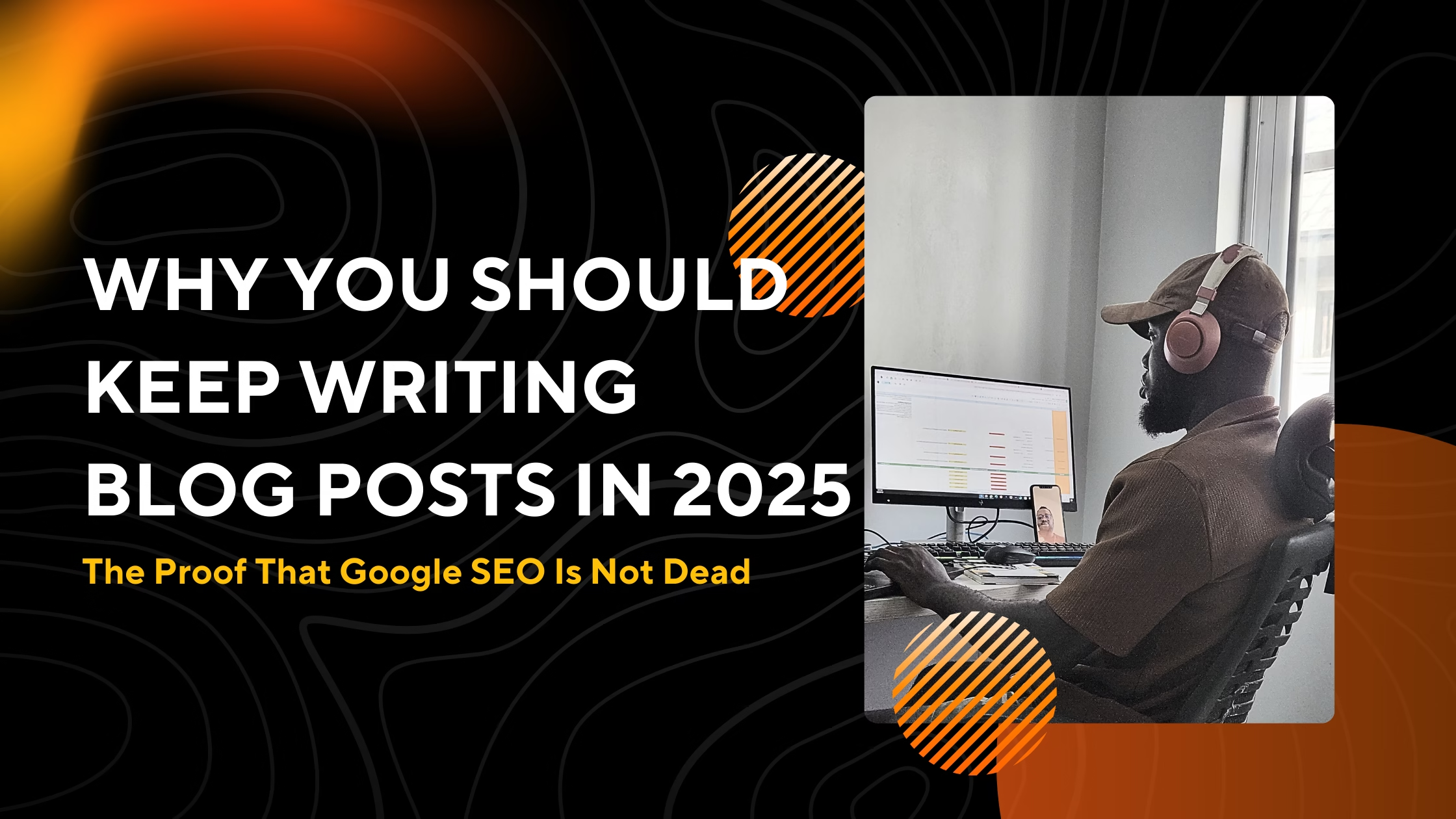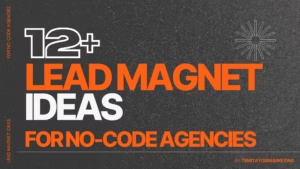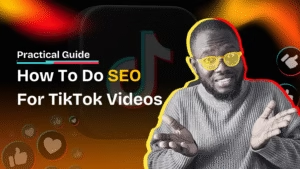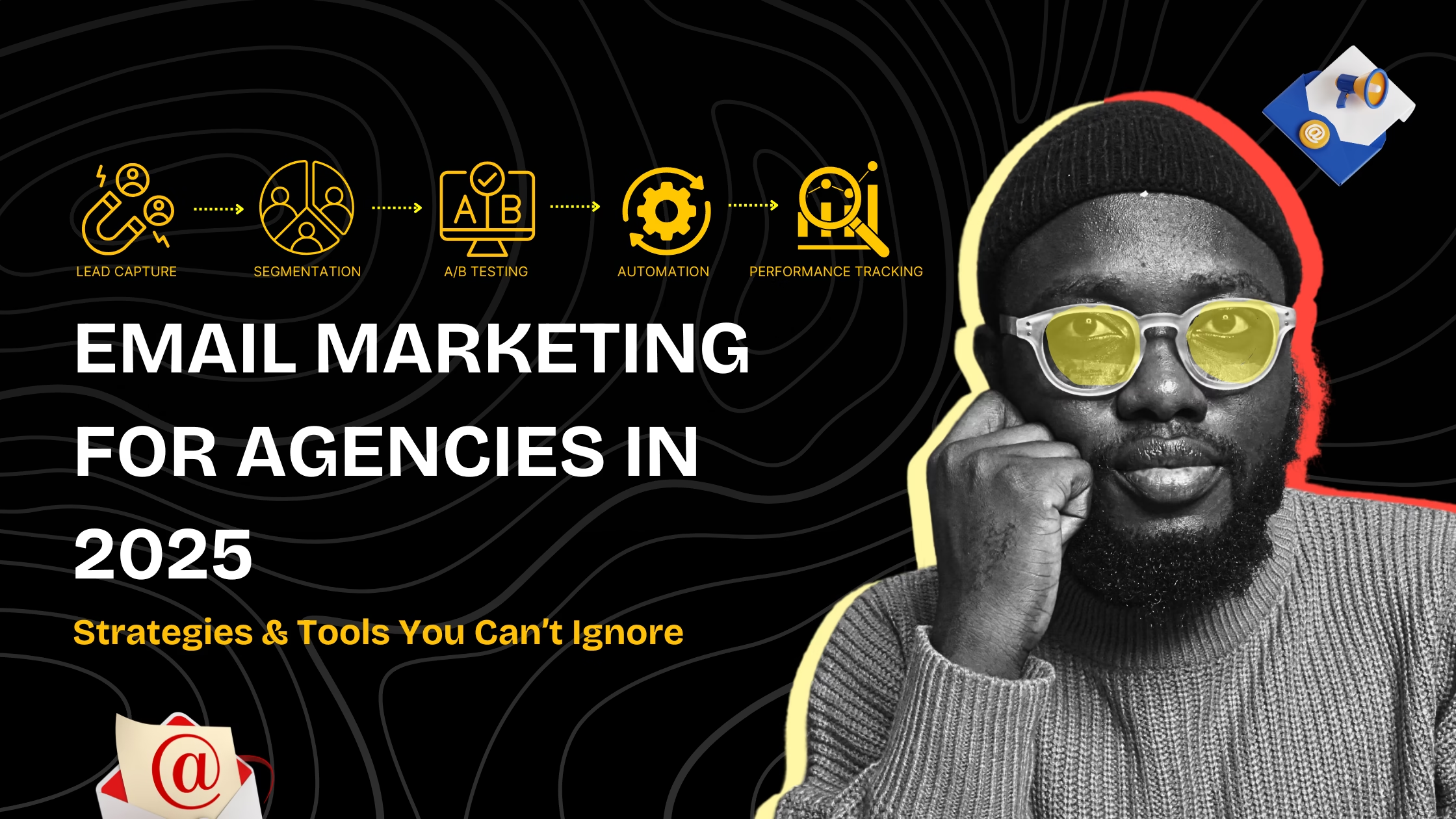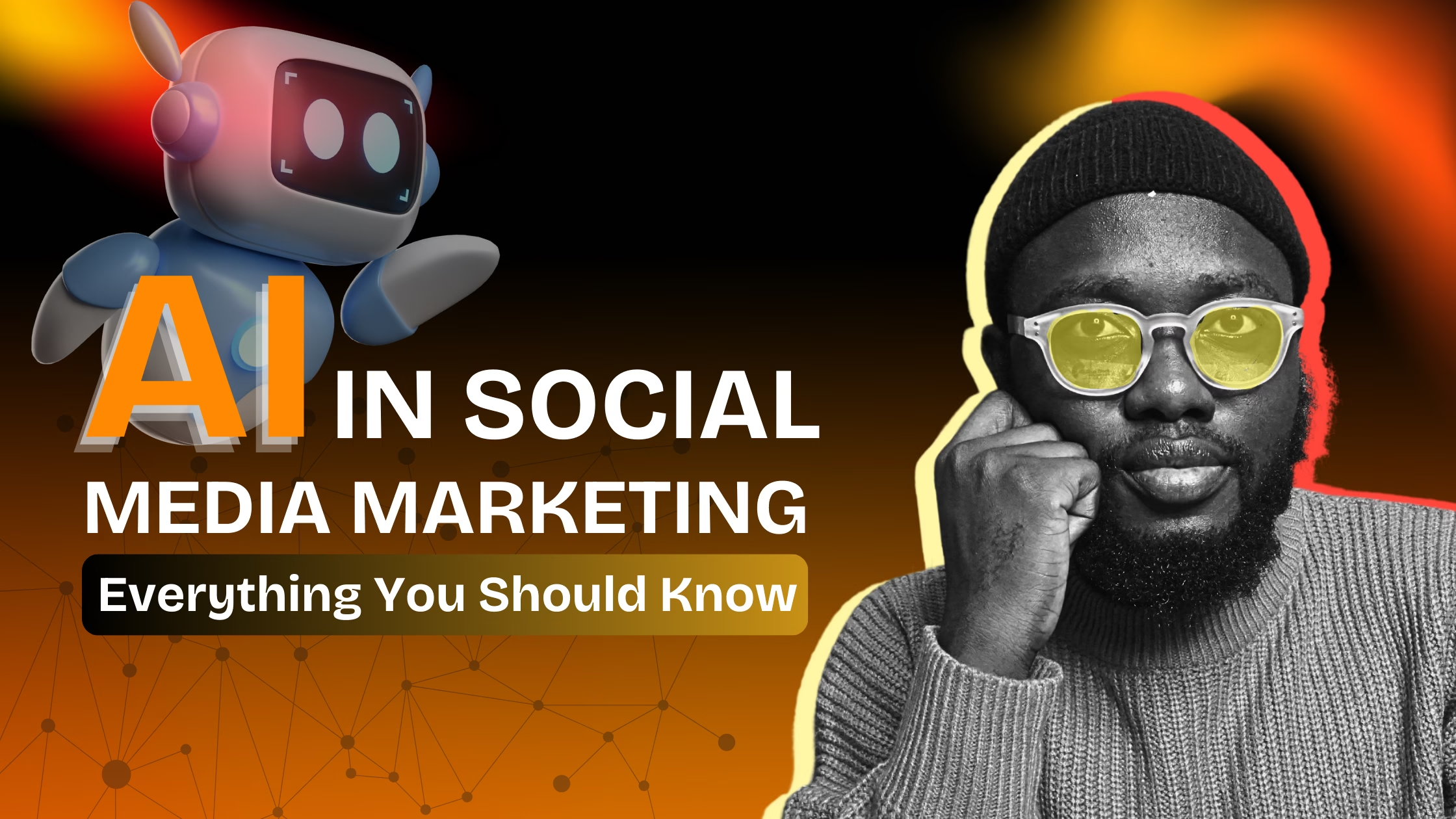For the past year, I’ve seen a wave of posts on LinkedIn declaring that “Google SEO is dead.”
The argument goes like this;
-Gen Z searches on TikTok,
– Professionals (or in some cases, ‘My Dad’) have turned to ChatGPT and Perplexity for answers or,
-Social platforms now double as discovery engines.
It’s a compelling narrative.
But here’s the truth: Google SEO is not dead. It’s just fragmented.
And that fragmentation is the real SEO story in 2025.
Social & AI Platforms Have Reshaped How People Search
Recent studies show that over 40% of Gen Z in the U.S. use Instagram and TikTok as their primary search tools. (source)
Meanwhile, platforms like ChatGPT and Perplexity AI are becoming go-to tools for those looking for direct answers, context-aware research, or fast ideation.
This signals a shift in where people begin their discovery journey, but not where they end it.
1. Google Still Owns the Lower Funnel
Here’s what most “SEO is dead” takes miss’
1. Search behaviour depends on intent.
Last week, I was looking for a popular tool I like to use when making LinkedIn posts, LinkedIn text formatter
When I typed the keyword “LinkedIn text formatter” into ChatGPT, it gave me the result in the image below.
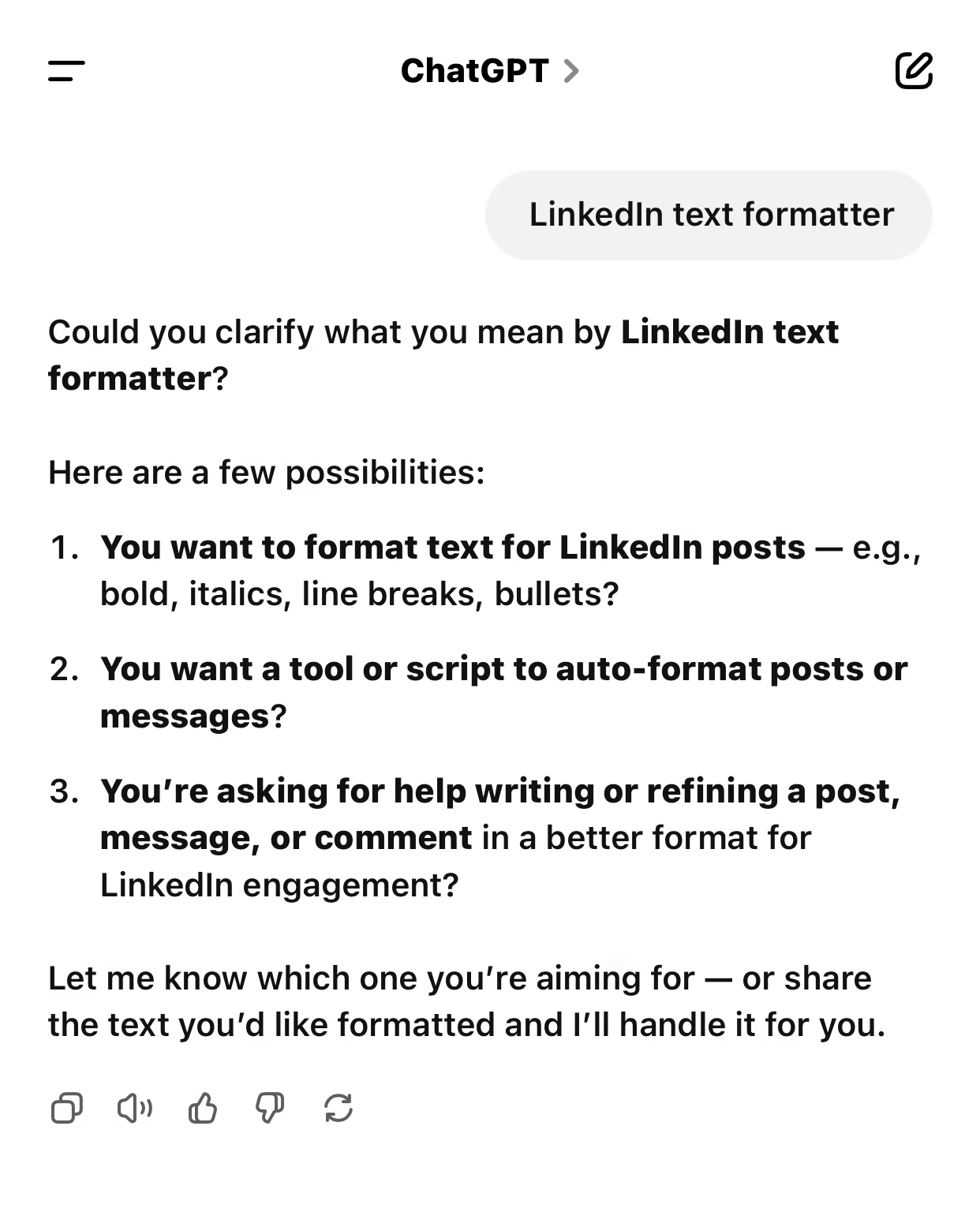
ChatGPT did its best to understand what I needed but Google tried something different,
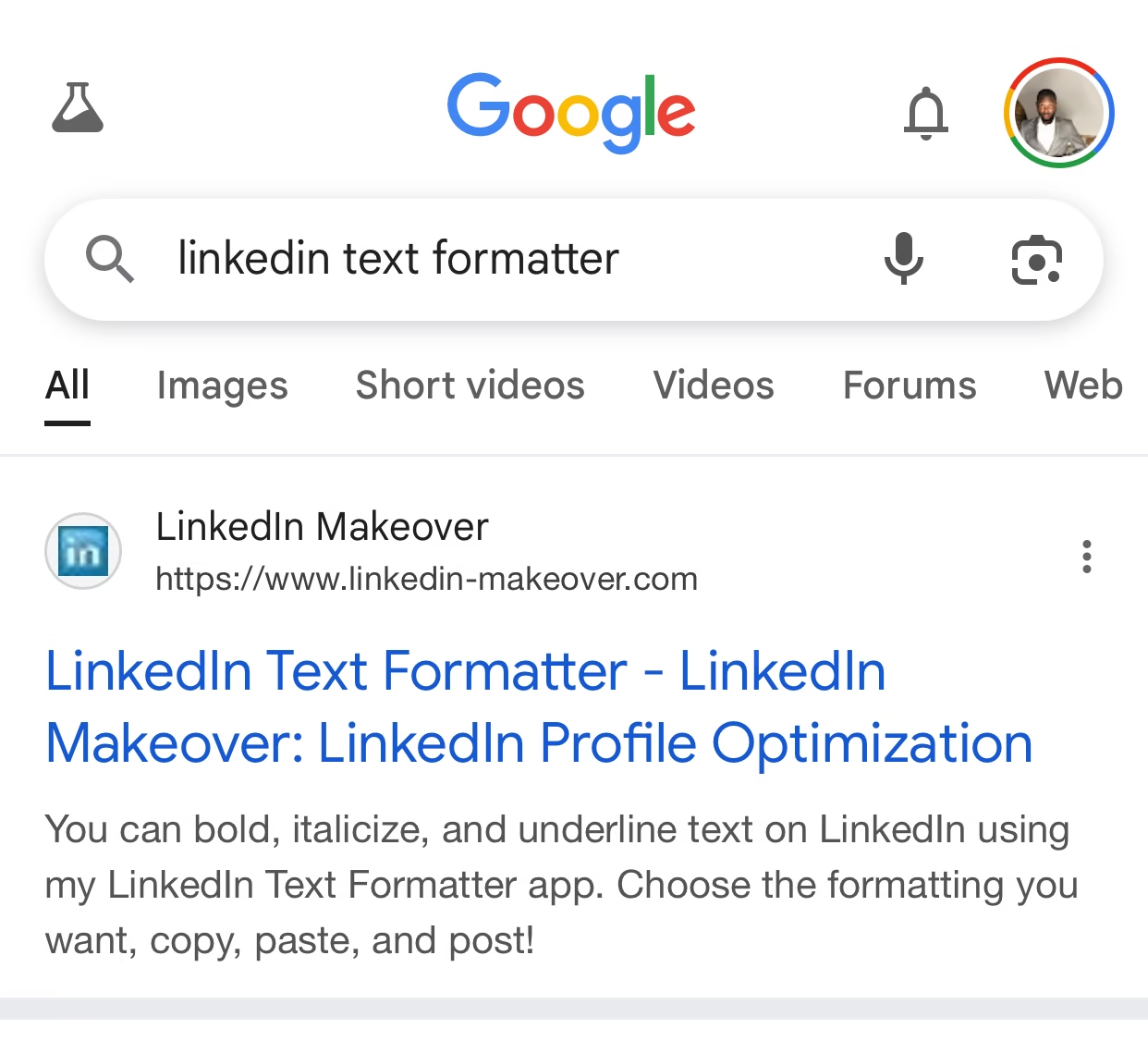
But here’s the kicker,
I already know about the tool, and I simply needed a link that takes me there.
I’m no longer trying to discover the tool, but engage with it
2. Almost Half of all Google Queries Are Branded
It’s no news that Google records over 86 billion visits per month, but according to Ahrefs, almost half, about 45.7% of these searches, are branded searches! (source)
Which indicates one thing,
Social and AI tools thrive at the top of the funnel, helping users discover new ideas, trends, or creators.
But when someone is ready to:
- Validate a brand,
- Find what they already know
- Compare product options,
- Find local vendors,
- Read reviews,
- Or complete a purchase…
Google might still be the default.
In fact, even with the rise of AI search tools, Google still accounts for over 27% of all website traffic globally (source), and much of that comes from users further down the buyer journey.
2. SEO Isn’t Dying; It’s Expanding Into a Multichannel Game
Let’s be clear: classic SEO, or writing for Google’s algorithm alone, is no longer enough.
But the core principles of SEO are more relevant than ever.
If you’re launching a SaaS product or service today, there’s no way ChatGPT knows everything about the product or what it does!
Same with Google!
Which means, you still need:
- Technical content that Google can crawl and index.
- Thought-leadership content that AI assistants can cite, and
- Engaging, visual content for social platforms to recommend.
Think of it as a three-lane highway:
- Google = Index & Intent.
- AI = Utility & Speed.
- Social = Discovery & Community.
Each plays a role, and brands that build content with only Google in mind are missing two-thirds of the puzzle.
My Final Thoughts: Fragmented Doesn’t Mean Finished
SEO isn’t dead; it has just changed shape.
Today, you’re not just optimising for a single search engine. You’re optimising for ecosystems.
Personally, I don’t think that’s bad news.
I believe it’s an opportunity for brands that are agile enough to adapt.
